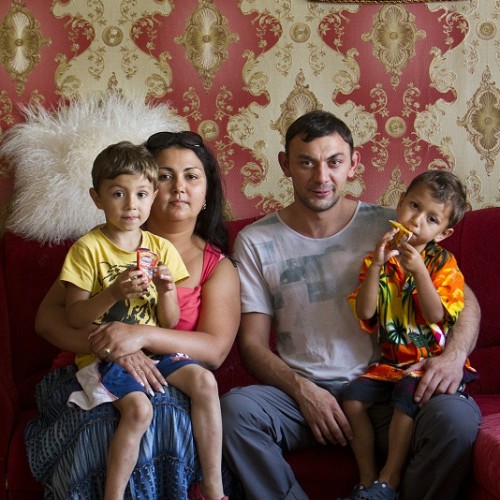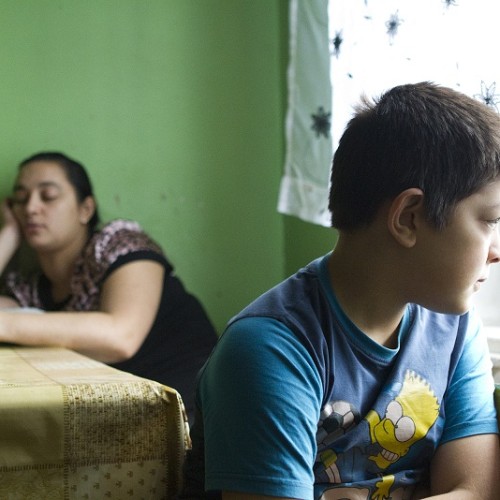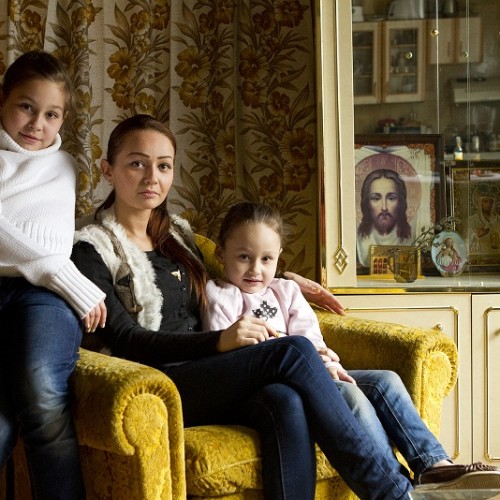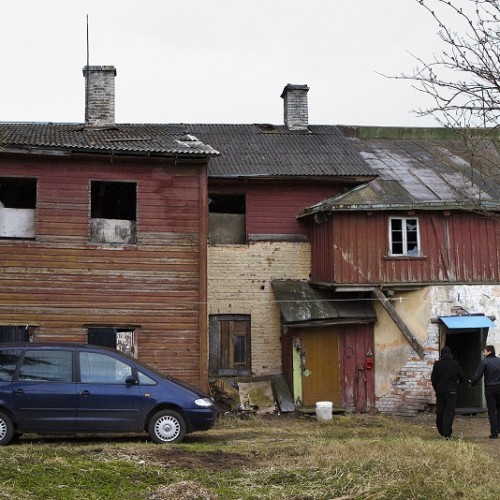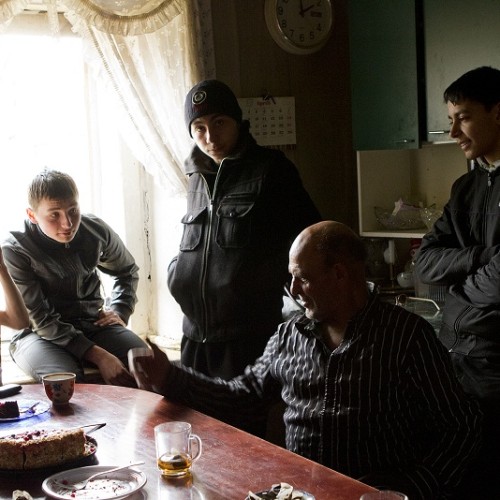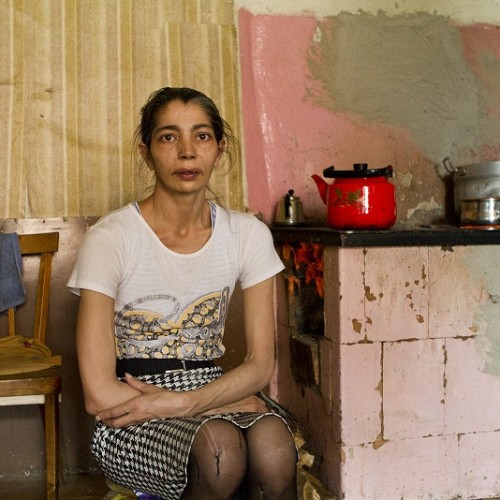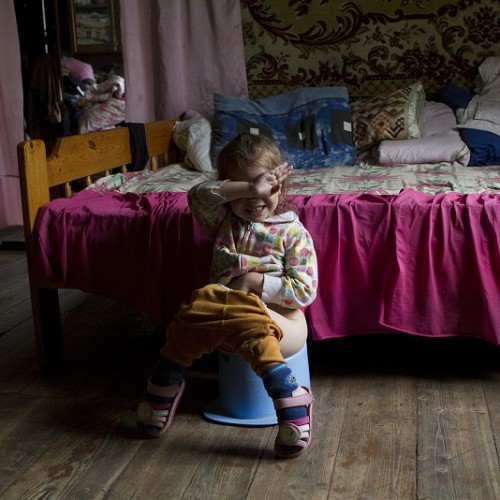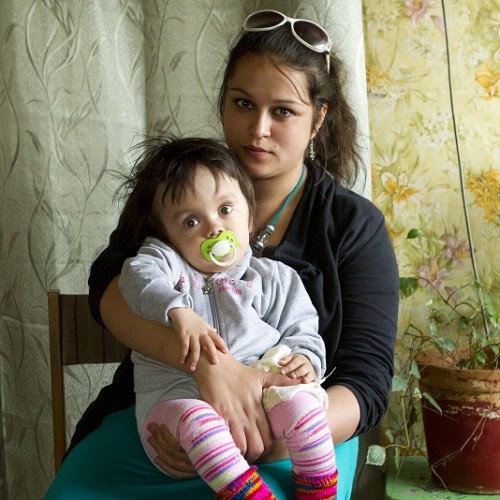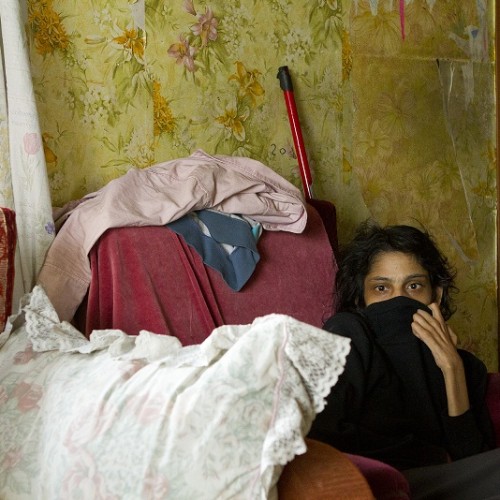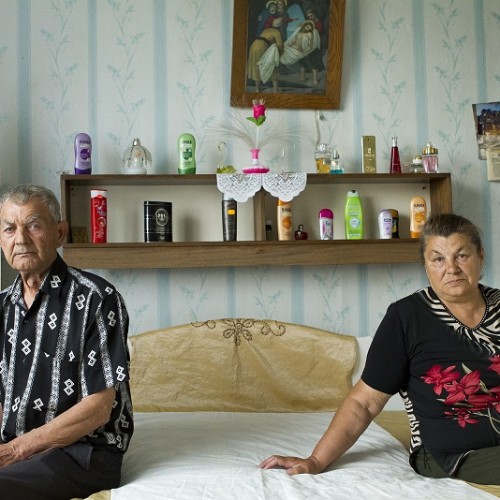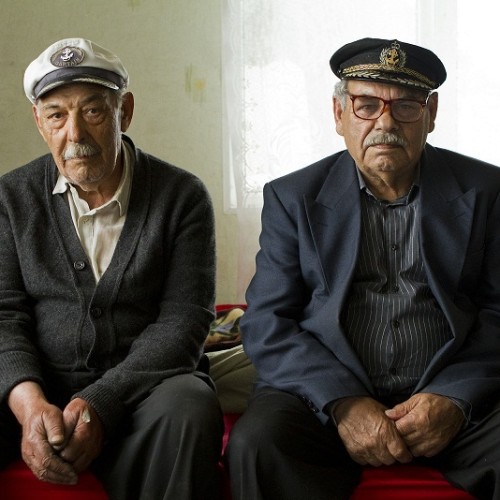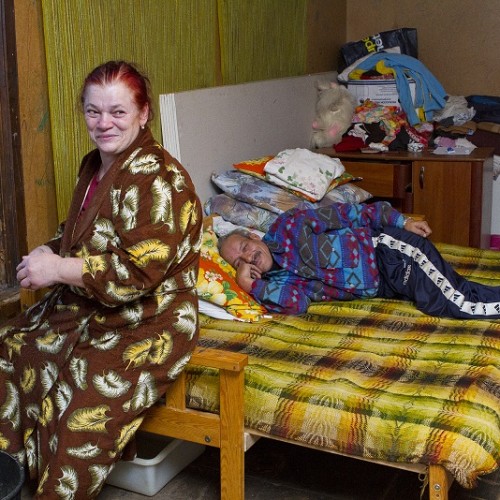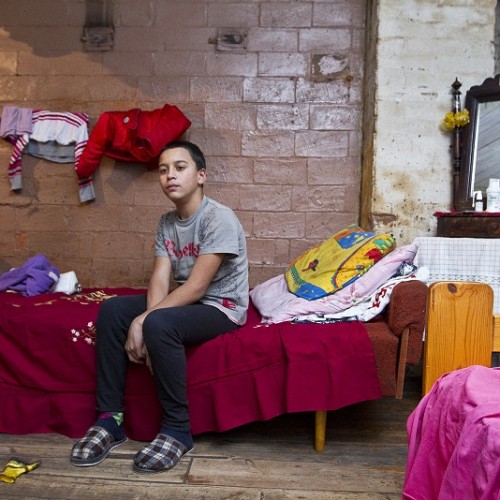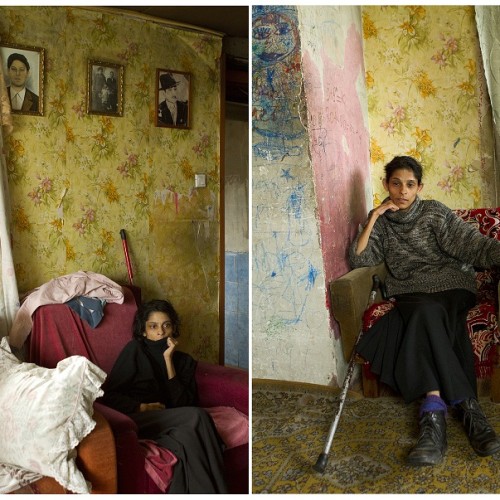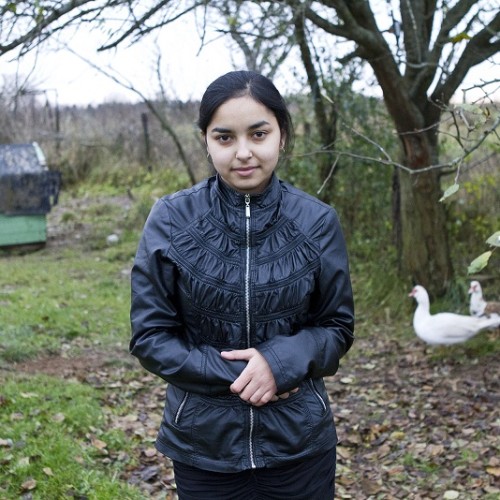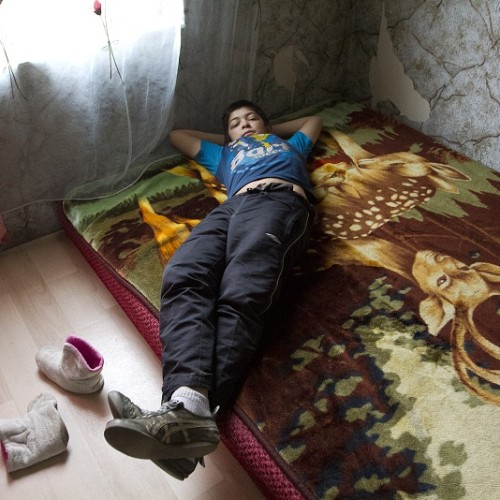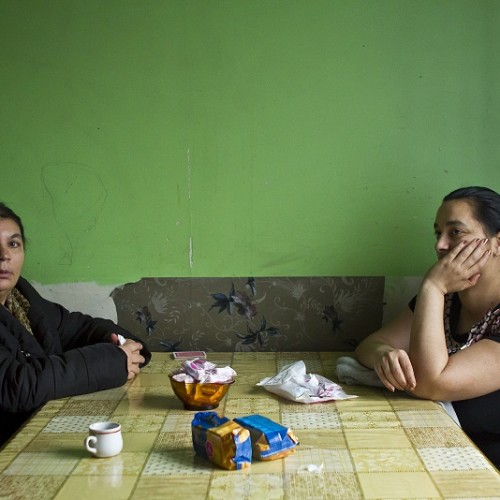Gypsies as a peripheral community
Lugemisaeg 3 minAfter Estonian linguist Paul Ariste, who the older generations of Romas still call by the cognomen “white gypsy“, study of this small and private community has been arbitrary and chaotic. There has been a couple of master theses, that unfortunately remain hidden from the wider audience, and from time to time an article is published in the media, but as a stereotype these flashes have a negative undertone.
The article by photographer Annika Haas was first published by the Estonian Urbanists’ Review U : www.urban.ee.
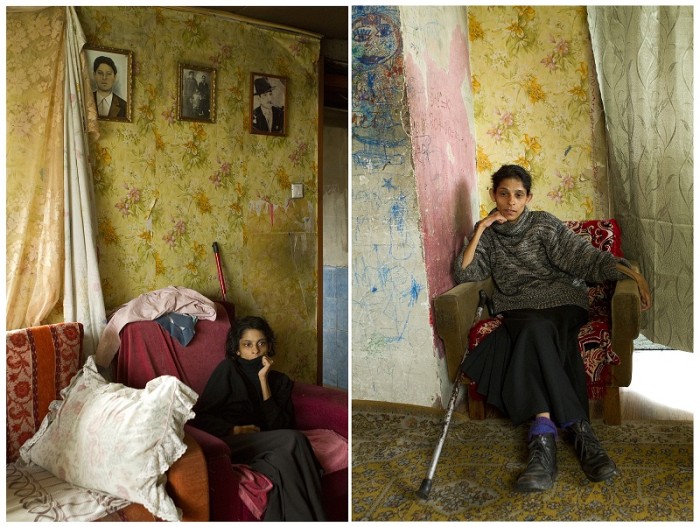
If there is one black sheep in a small community, their dirty deeds are carried over to the whole flock. The gypsies are an uncomfortable subject for us. Because we don’t really know them. Just as black people are still not known in Estonia and racist behaviour is still unfortunately common. Yet, gypsies are one of our old-established minorities – they have lived here more or less permanently since the 17th century, and they were first mentioned already in the year 1533. During the last big war the gypsies were subject to genocide and almost all of the indigenous community was murdered in the concentration camps. The community of Romas currently living in Estonia follows three streams – there are Estonian, Latvian and Russian gypsies. The first of those are the descendants of the older generation of whom only a few have remained, the Latvian and Russian gypsies now form the core of the Romas living here. The Latvian Romas have gathered in Valga and the Russian Romas mainly in the bedroom suburbs of Tallinn and peripheral parts of the city. The aspect of periphery in their choice of place of residence is linked to the yearning for freedom and closeness to nature that has been constant in their character.
Generally they prefer to live in small houses in the suburbs with big families, it is possible that 3-4 generations of one family live together, in addition to that closer and more distant relatives. The gypsy spirit needs air, but more than that it needs to be close to the close ones. The unity of the community and the separation from the rest of society is emphasised even more by the fact that their own language is used as a kind of secret language. The gypsies have created their own private islands in the midst of the general society. In order to understand this, the reasons for this type of peripheral existence need to be studied further.


